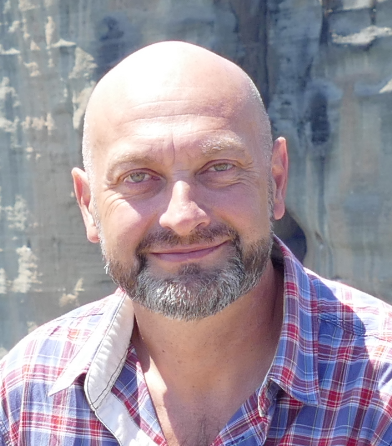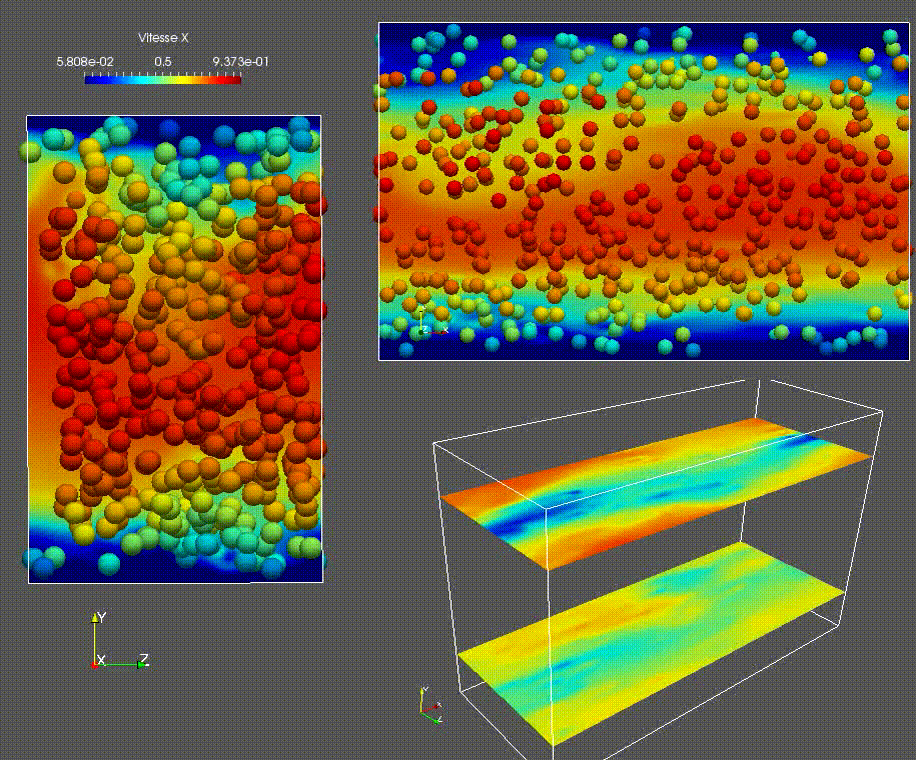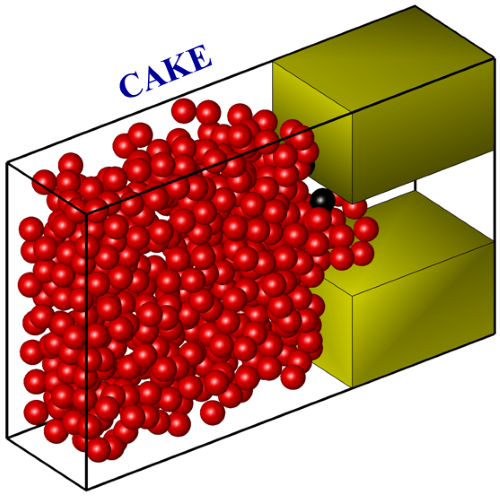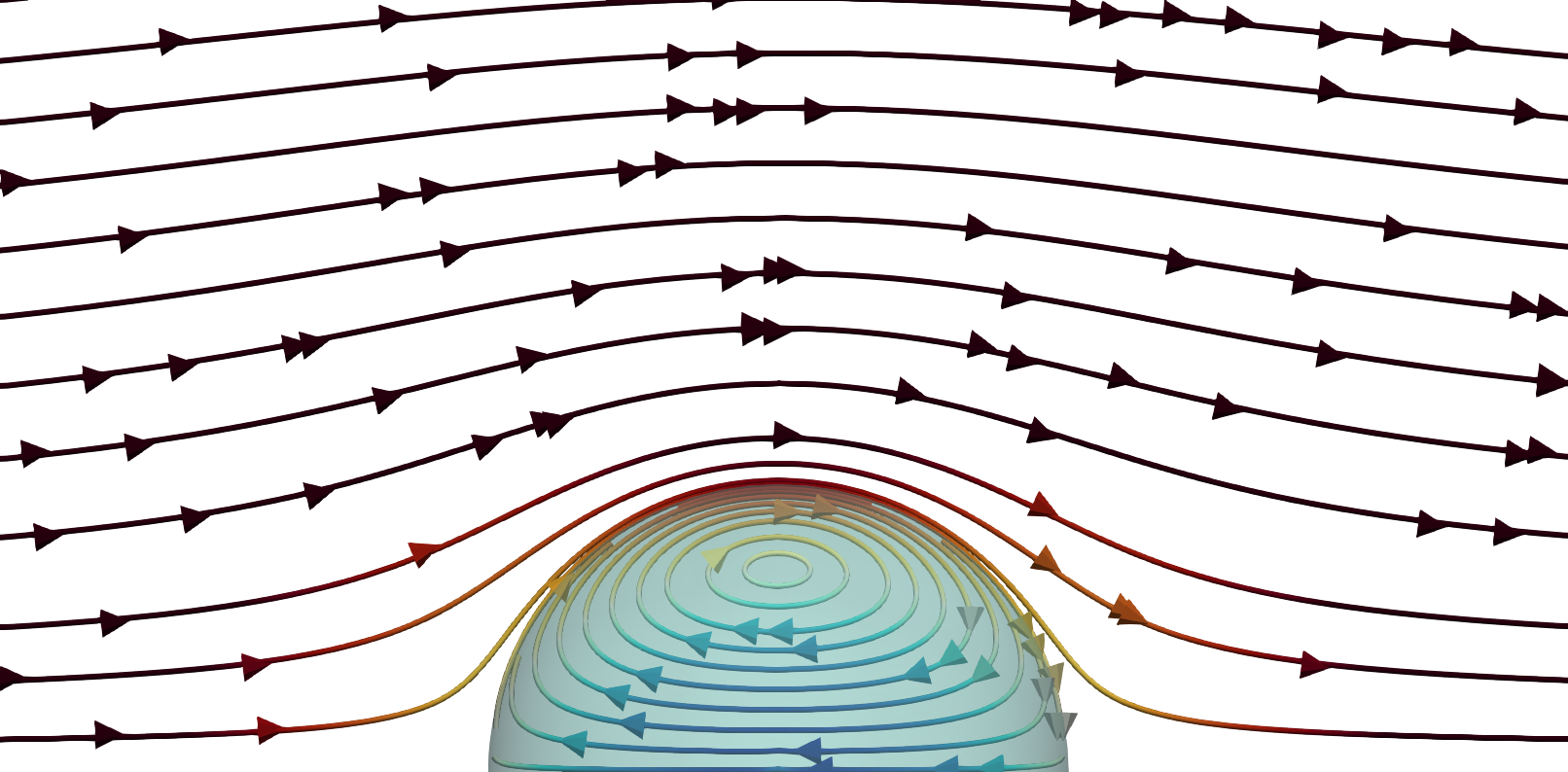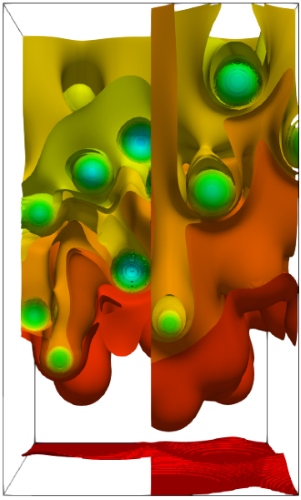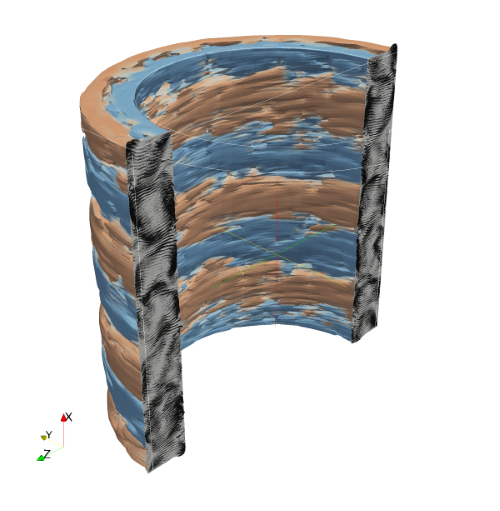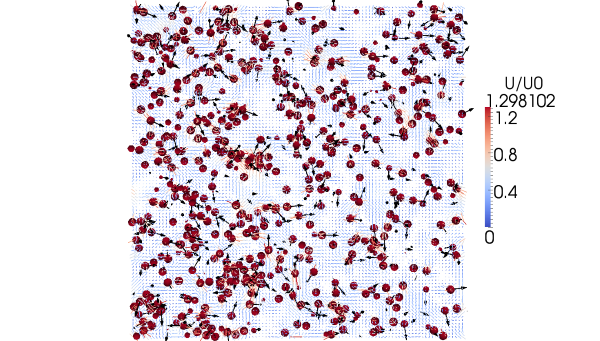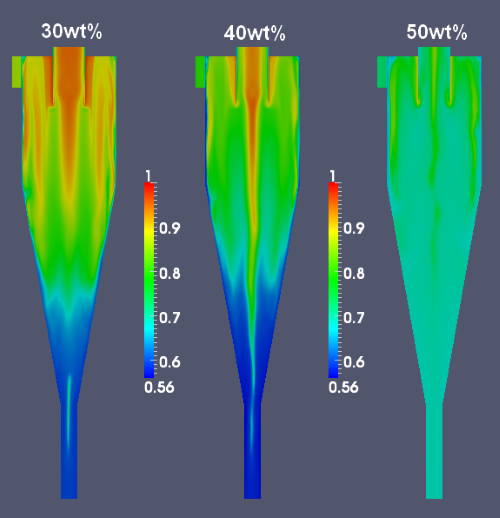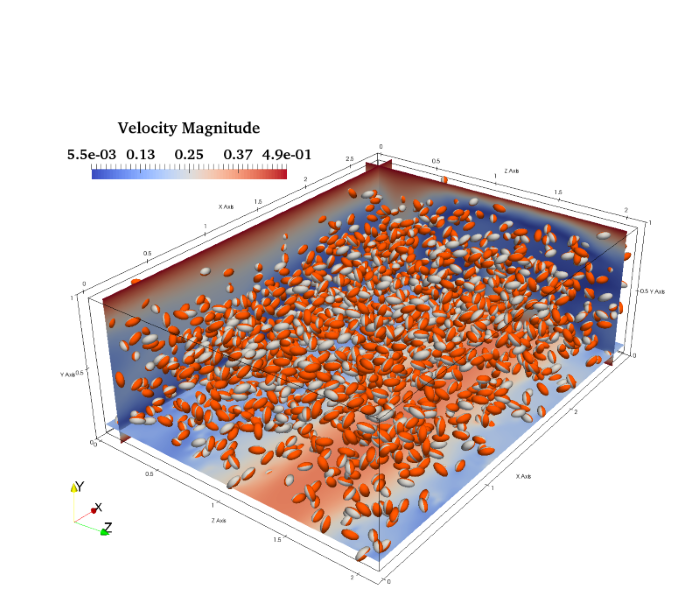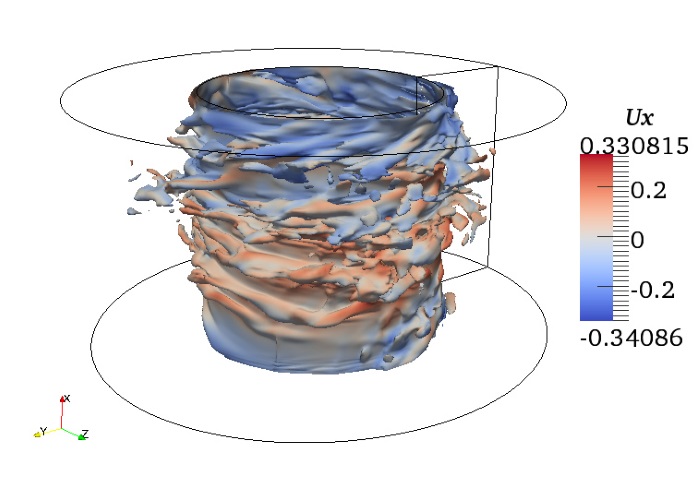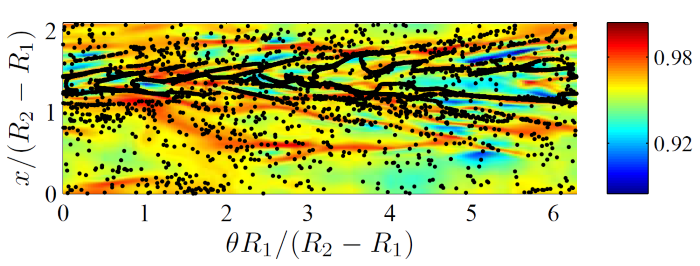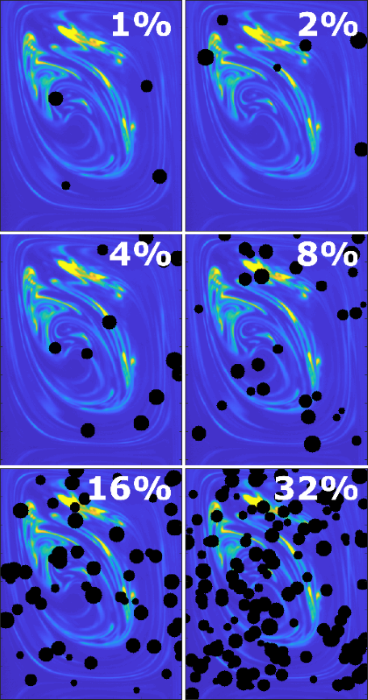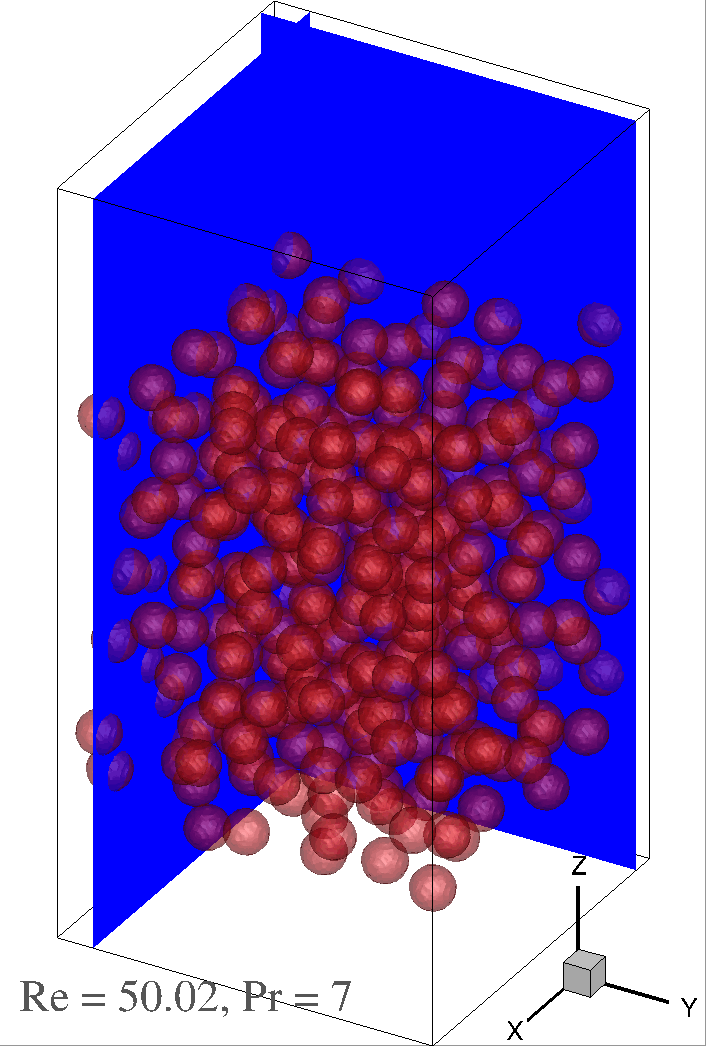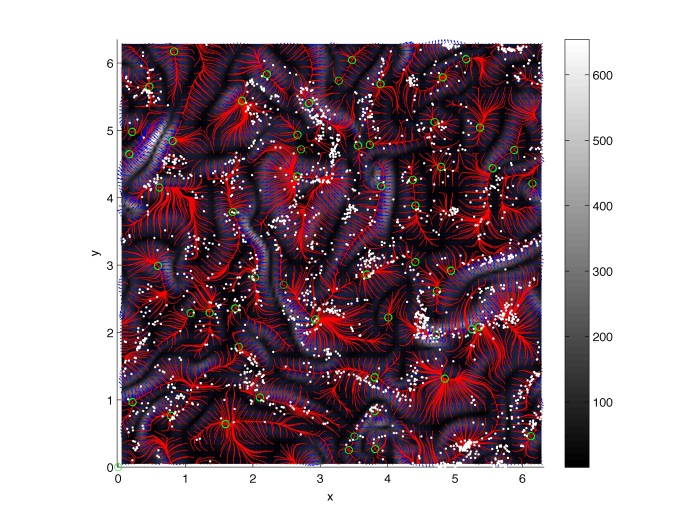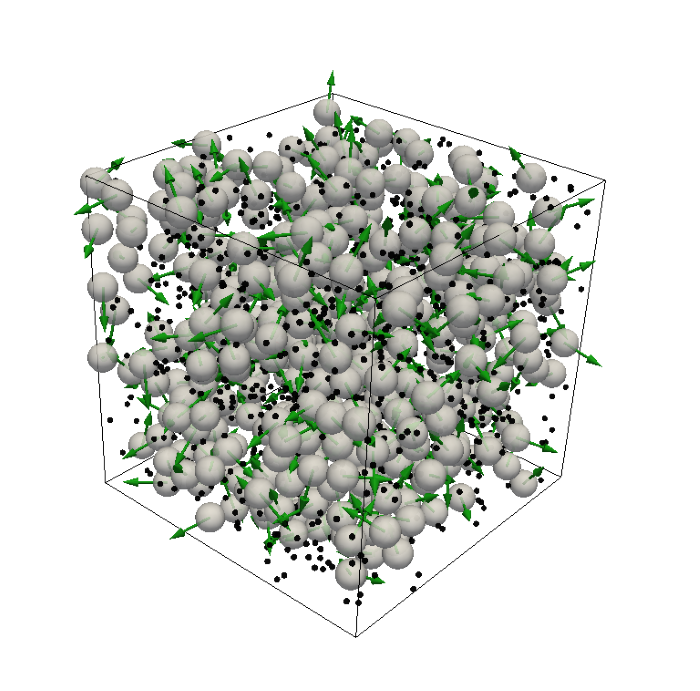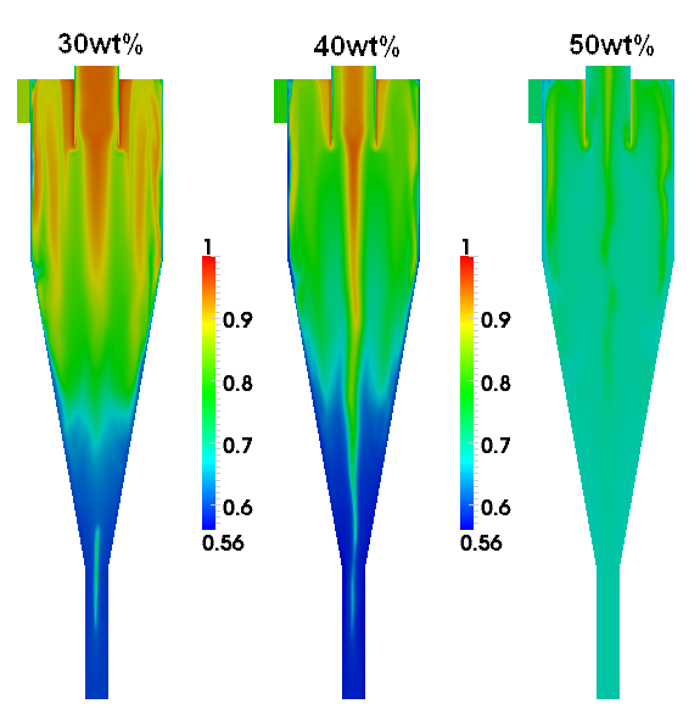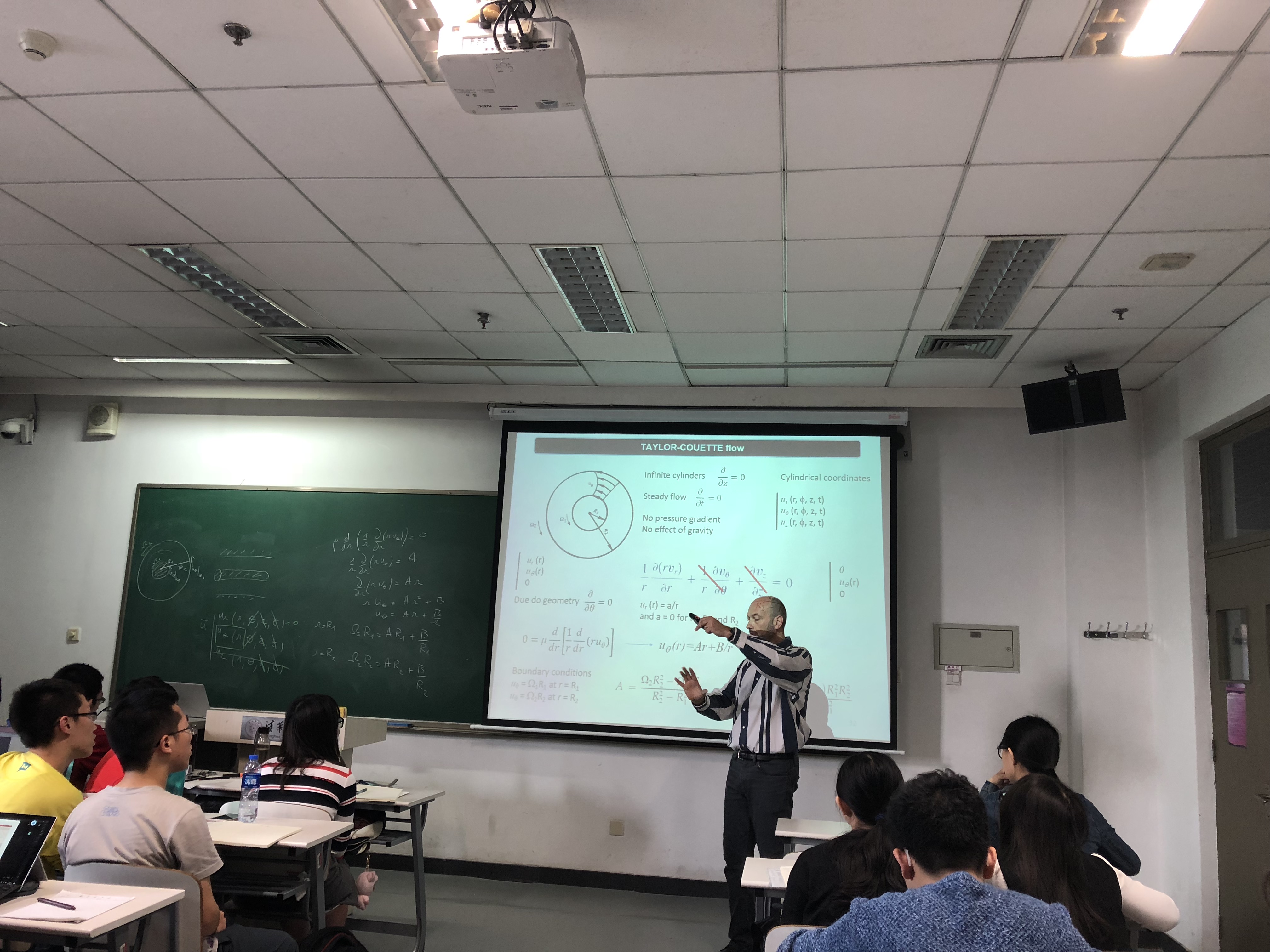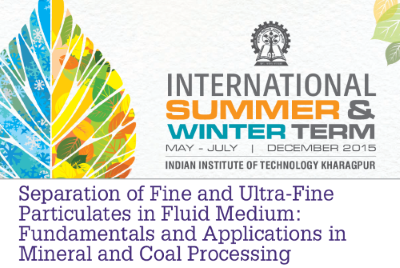Home
Short biography
Prof. Éric Climent has twenty years of experience in teaching and research on numerical modelling and simulations of two-phase flows. He received his PhD in fluid mechanics in 1996. He was lecturer at the University of Strasbourg (1997–2001). Then, he moved to Brown University (USA.) as a visiting professor in the department of applied mathematics. He returned to Toulouse (France) in 2003 to carry out research in the chemical engineering laboratory (LGC – UMR 5503 CNRS-INPT-UPS) on the modelling of industrial processes involving two-phase flows. Since 2008, he is full Professor of fluid mechanics and has been a member of the Fluid Mechanics Institute (IMFT – UMR 5502 CNRS-INPT-UPS), developing his expertise on the modelling and simulation of disperse two-phase flows (suspension flow, solid/liquid separation, bubbles, and drops in turbulent flows). Eric Climent has supervised 30 PhD students and several post-docs and master students. He is co-author of more than 90 papers in international peer-reviewed journals on particulate flows, bubble and drop dynamics, active suspensions and liquid-solid separation techniques. He gave many invited talks in international conferences and more than 200 international communications. He was visiting Professor at Brown Univ. and at the Massachusetts Institute of Technology (MIT), USA. He has continuously developed numerical tools and modelling approaches (DNS, LES and fully resolved particulate flows) for the simulation of dispersed two-phase flows dealing with academic topics and industrial applications in engineering. His research is funded either by academic grants or industrial supports in the field of petroleum and nuclear engineering, heat and mass transfer related processes. Prof. Eric Climent is the Director of IMFT over the period 2016-2025 and member of editorial advisory board of International Journal of Multiphase Flows. He will be the chair-person of the next ICMF 2025 (International Conference on Multiphase Flows) which will be held in Toulouse.
Field of Expertise
Computational Fluid Dynamics for multiphase flows and HPC- High Performance Computing.
Dispersed two-phase flows: turbulent dispersion and collective effects (two-way coupling, modulation of turbulence …).
Flow of suspensions (sedimentation, shear-induced self-diffusion, colloidal dispersions in microchannels).
Complex suspensions (magneto-rheological fluids, gyrotactic suspensions of micro-organisms).
Chemical reactions and mass transfer in two-phase flows.
Solid/liquid separation (Falcon centrifugal separator, hydrocyclones) and industrial applications.
